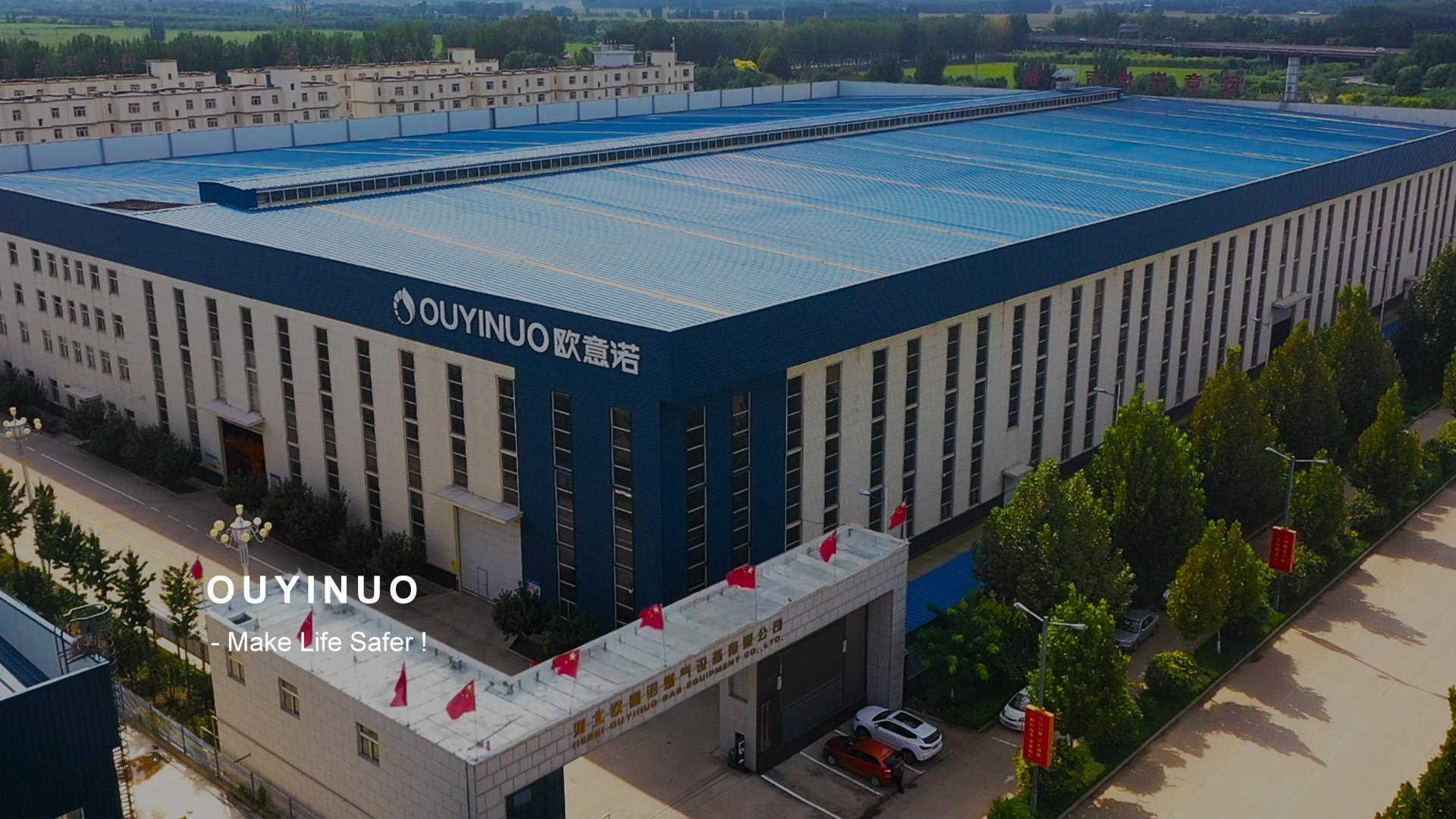
8 月 . 10, 2024 03:15
Back to list
Understanding the Importance and Functionality of Gas Safety Relief Valves in Industrial Applications
Understanding Gas Safety Relief Valves Essential Components for Safety
Gas safety relief valves are critical devices used in various industrial applications, particularly in systems dealing with pressurized gases. These valves are designed to automatically release excess gas from a system to prevent dangerous overpressure situations, thus ensuring the safety and integrity of the equipment and the surrounding environment.
What is a Gas Safety Relief Valve?
A gas safety relief valve is a safety device that opens at a predetermined pressure to release gas and maintain the system's pressure within safe limits. When the pressure in a gas system exceeds a certain threshold, the relief valve activates, allowing excess gas to escape, thereby preventing potential system failure, explosions, or other hazardous incidents. These valves are crucial in numerous sectors, including oil and gas, chemical processing, and manufacturing.
Types of Gas Safety Relief Valves
There are several types of relief valves, each suited for specific applications and pressure conditions
1. Spring-loaded Relief Valves These are the most common types of relief valves. They use a spring mechanism to hold the valve closed until the pressure reaches the set limit. When the limit is exceeded, the spring compresses, allowing the valve to open.
2. Pilot-operated Relief Valves These valves rely on a pilot signal to control the opening and closing. They are suitable for applications requiring a wide range of set pressures and offer the advantage of tighter pressure control.
3. Safety Relief Valves Often used for gas storage tanks and high-pressure systems, these valves provide safety by quickly venting gas when pressure violations occur.
gas safety relief valve

4. Balanced Bellows Relief Valves These valves are designed to minimize the effect of back pressure, making them highly effective in fluctuating pressure environments.
Importance of Maintenance and Regular Testing
Regular maintenance and testing of gas safety relief valves are crucial to ensure their reliability and functionality. Over time, dirt, corrosion, and wear can affect the performance of a relief valve. Therefore, routine inspections and testing should be performed to guarantee that these devices function correctly when needed.
Industry best practices recommend checking the set pressure and operational integrity periodically. This might involve removing the valve for cleaning or recalibrating it to ensure that it opens at the correct pressure. Failing to maintain relief valves can lead to catastrophic failures, resulting in injuries, fatalities, and substantial financial losses.
Regulatory Standards
The use of gas safety relief valves is often governed by stringent regulations to ensure safety and compliance. Various organizations, such as the American Society of Mechanical Engineers (ASME) and the Occupational Safety and Health Administration (OSHA), provide guidelines on the installation, maintenance, and testing of these essential safety devices. Non-compliance with these regulations can lead to severe penalties and increased risks to personnel and equipment.
Conclusion
In conclusion, gas safety relief valves play an indispensable role in maintaining the safety of gas handling systems. Their ability to prevent overpressure situations protects not only the system itself but also personnel and the environment from potentially disastrous consequences. Understanding the types of relief valves, adhering to maintenance schedules, and complying with regulatory standards are vital steps in ensuring that these safety devices perform their function effectively. As industries continue to evolve, ongoing education and awareness surrounding gas safety relief valves will remain critical in promoting operational safety and efficiency.
Latest news
-
Unlocking The Quality Gas Pressure ReducersNewsNov.01,2024
-
The Role of Gas Pressure Reducing StationsNewsNov.01,2024
-
The Importance and Functionality of Safety Relief ValvesNewsNov.01,2024
-
The Essential Role of Safety Valves in Natural Gas ApplicationsNewsNov.01,2024
-
The Essential Role of Gas Pressure RegulatorsNewsNov.01,2024
-
Enhance Your Premium Gas FiltersNewsNov.01,2024

